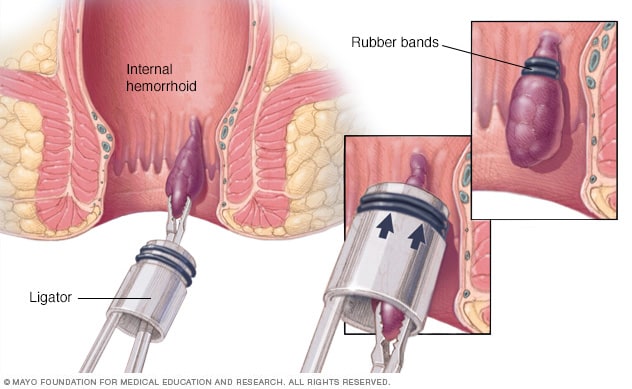

Treatments for piles and haemorrhoids
Everyone has piles, also known as haemorrhoids. They plug your anal sphincter, making sure you do not leak faeces while passing gas. Piles become a problem when they become swollen or protrude. That is when they can cause unpleasant sensations, irritation, bleeding, pain and itching.
Symptoms of piles
Haemorrhoids can be internal or external. Internal piles are usually painless and you may not notice them at all. However, they are the leading cause of rectal bleeding and may cause pain and itching if they protrude from the rectal opening.
External piles tend to be more uncomfortable as the bulges can be felt and may get irritated by clothes and movement. In more severe cases where lumps become thrombosed (when a blood clot develops in blood vessels), pain can be sudden and intense.
Preventing and treating haemorrhoids
Several easy lifestyle changes can help prevent and treat piles—these include increasing your fibre intake, drinking adequate fluids, exercising and avoiding long periods of standing and sitting. You should also avoid delaying visits to the bathroom or straining while passing stools.
Mild cases of haemorrhoids tend to go away on their own within two to seven days, but your doctor may prescribe oral or topical medications to aid the process.
For piles which persistently bleed or cause pain, the doctor might recommend one of the following minimally invasive outpatient procedures.
- Rubber band ligation (RBL): Best used in treating internal piles that protrude. RBL cuts off blood supply to the haemorrhoid and causes it to fall off in a few days, leaving a small wound that heals in a week or two. RBL can be painful.

With rubber band ligation, rubber bands are slipped around the base of the haemorrhoid, cutting off blood supply and causing the lump to fall off. (Source: Mayo Clinic)
- Sclerotherapy injections: Doctors inject a chemical solution into the haemorrhoid, causing it to shrivel up and subsequently fall off. This method can be used on bleeding haemorrhoids that do not protrude.
However, ligations and sclerotherapy injections may need to be repeated if the desired outcome is not achieved.
There are several new methods to treat piles, including Haemorrhoid Energy Therapy (HET) and Transanal Haemorrhoidal Dearterialisation (THD).
In more serious cases, such as when there are recurring blood clots in external haemorrhoids or protruding piles that cannot be reduced, a doctor might recommend surgical options performed under general anaesthesia. Haemorrhoidectomy, a surgery which removes excess tissue that causes bleeding and protrusion, is considered the best method for permanent removal of piles. This usually requires hospitalisation. Alternatively, your doctor may recommend stapled haemorrhoidectomy, where staples are used to anchor bleeding or prolapsed internal haemorrhoids in place. This can be done as a day surgery and has a shorter recovery time.
This article has been verified medically by Dr Denis Cheong, colorectal surgery specialist of Surgi-TEN Specialists at Farrer Park Hospital (Singapore).



0 Comments